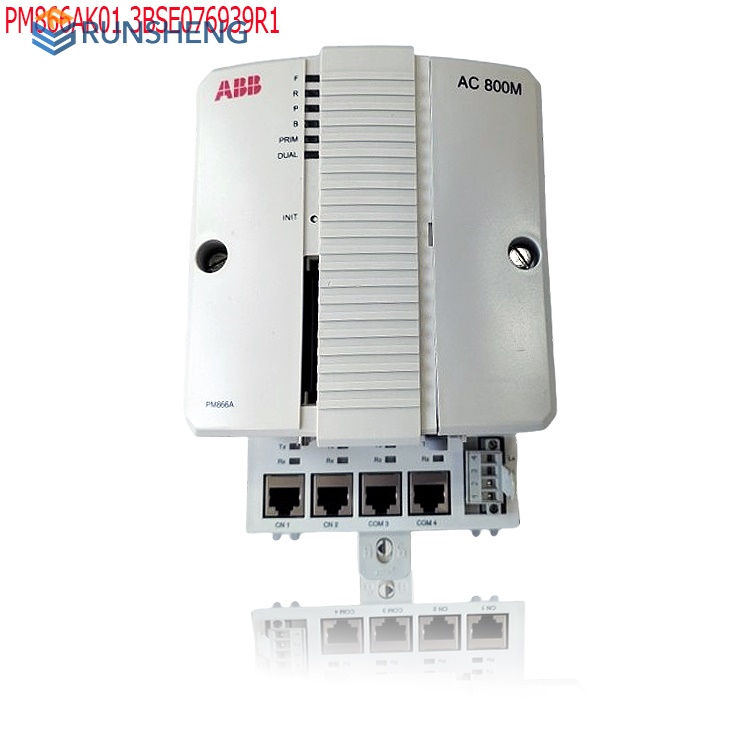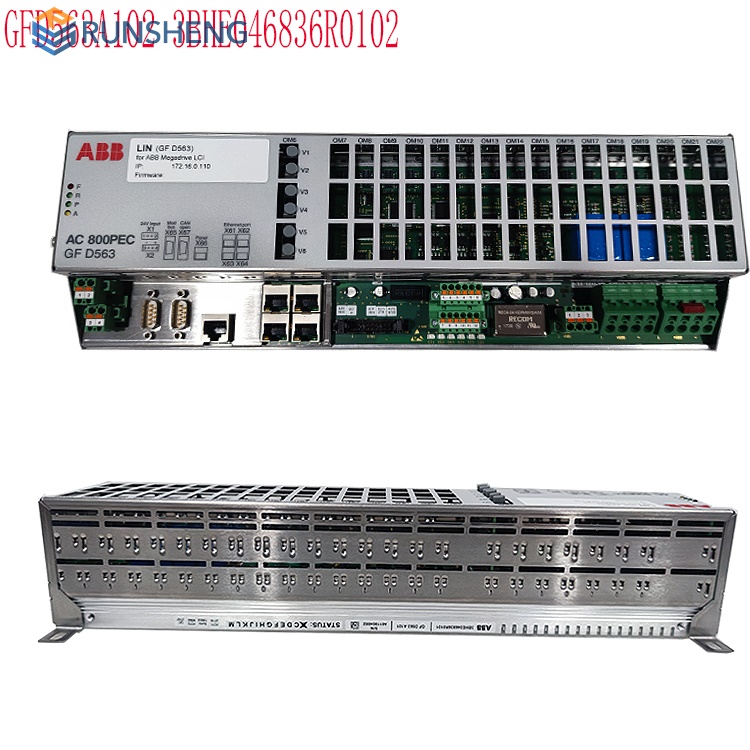What is the relationship between servo motor and controller?
As the "command center" of the servo system, it receives motion commands (such as position, speed, and torque setpoints) from a host computer (e.g., a PLC, industrial PC, or robot controller). It generates drive signals using built-in algorithms (such as PID, adaptive control, and feedforward compensation) and processes feedback data (such as encoder signals) to achieve closed-loop control. Modern controllers often integrate communication interfaces (such as EtherCAT and PROFINET), safety features (such as STO safety shutdown), and diagnostic capabilities.

.jpg)












